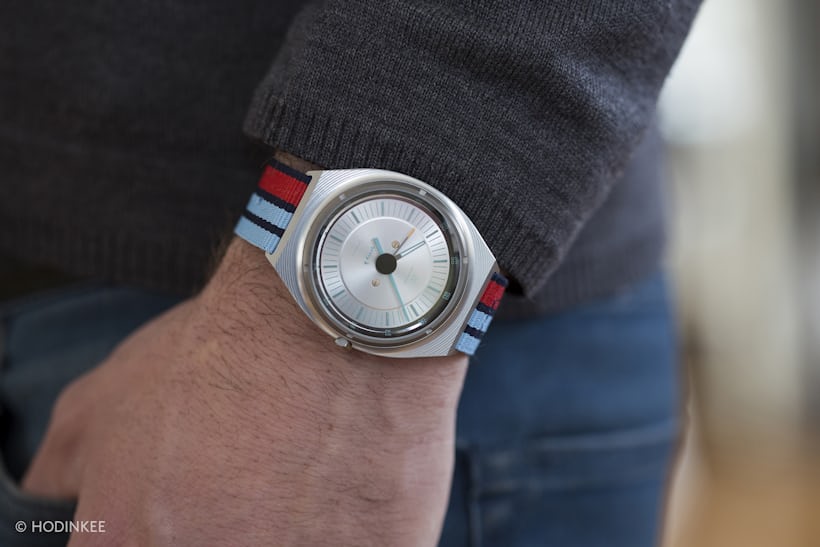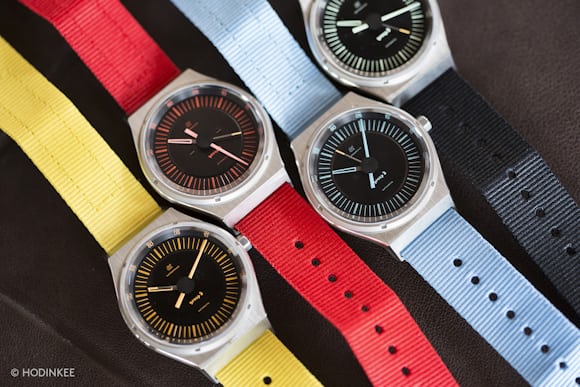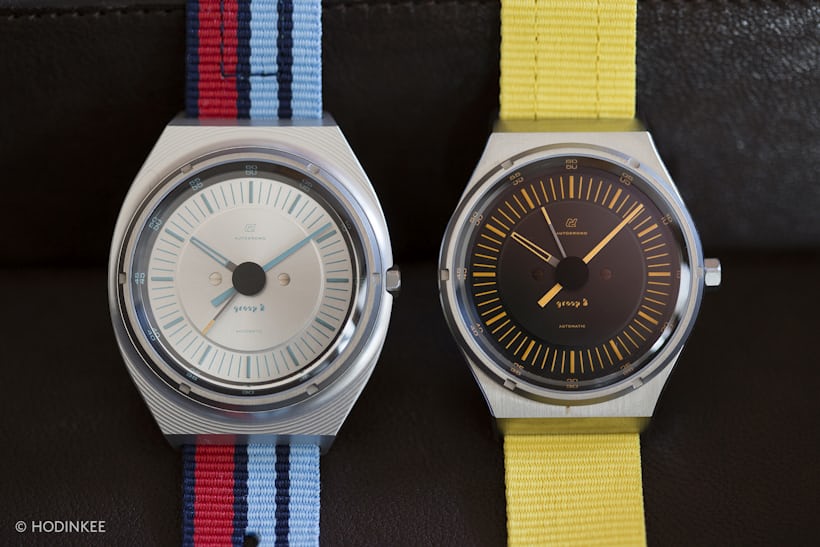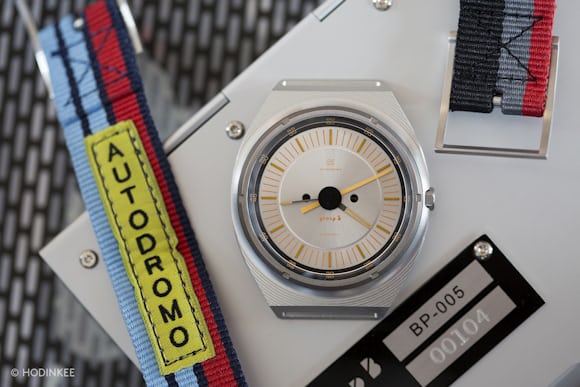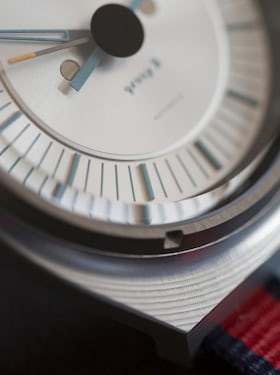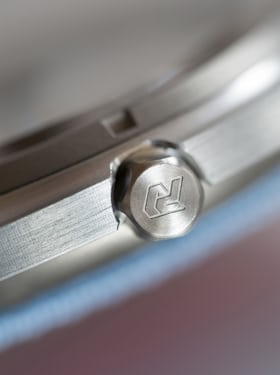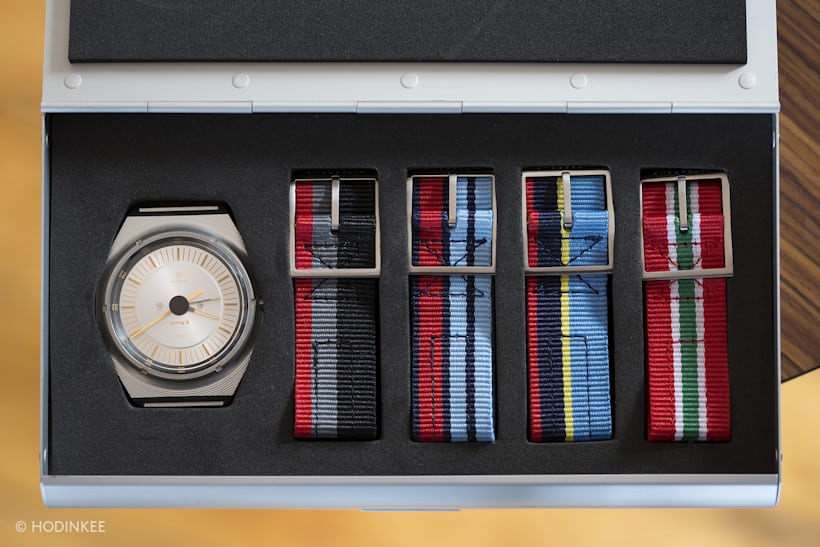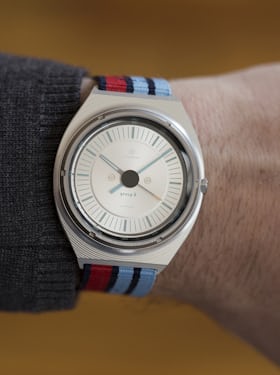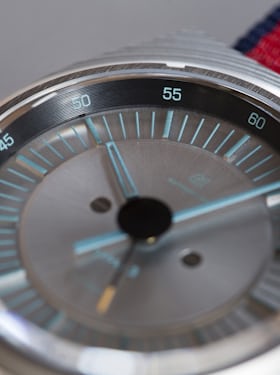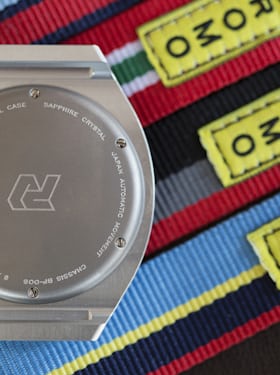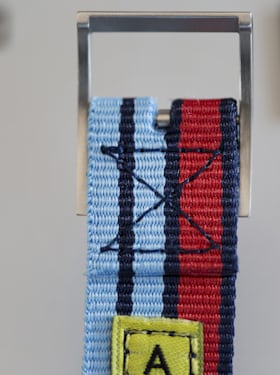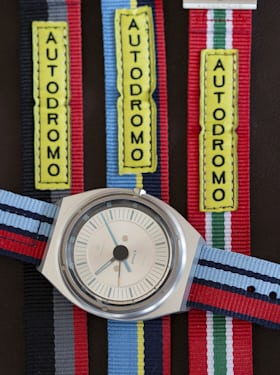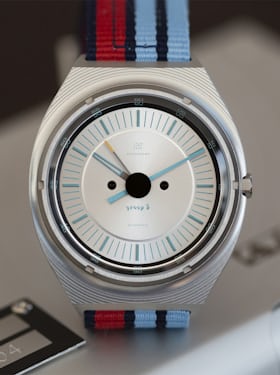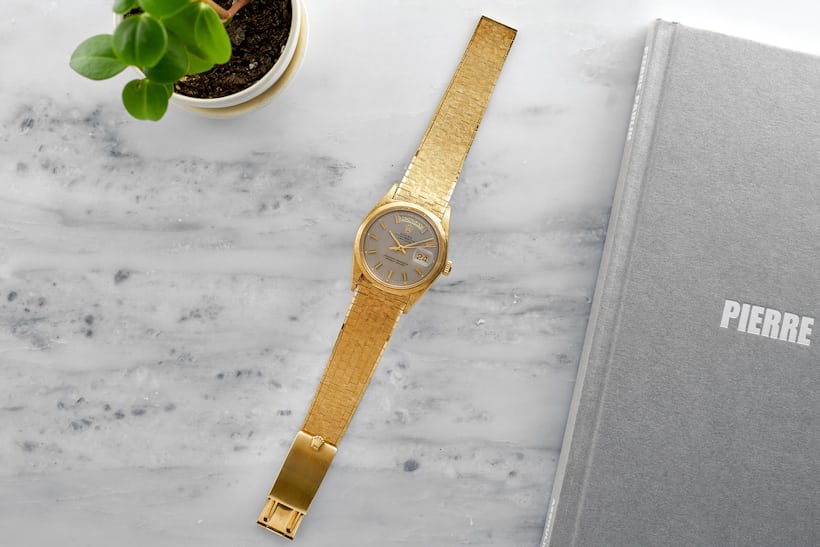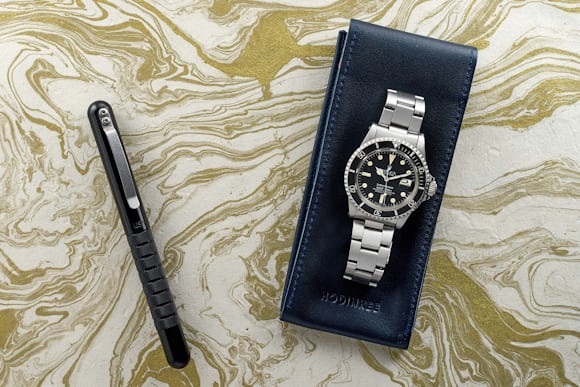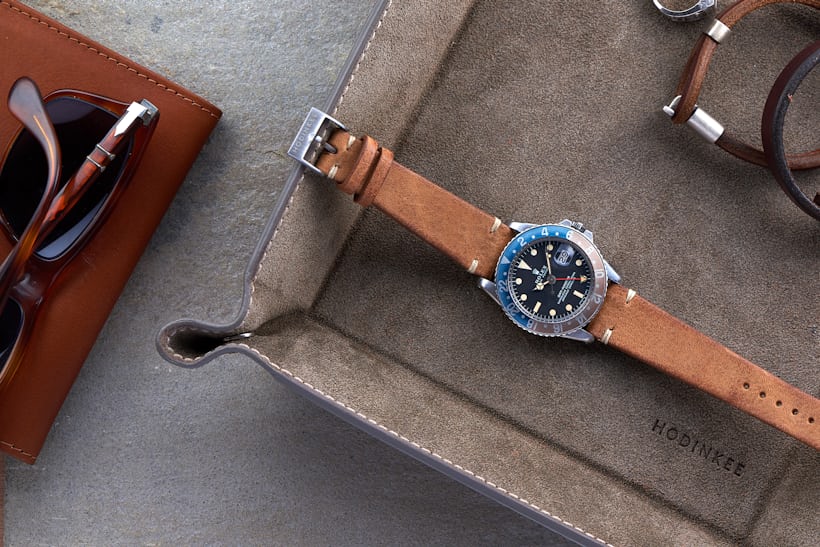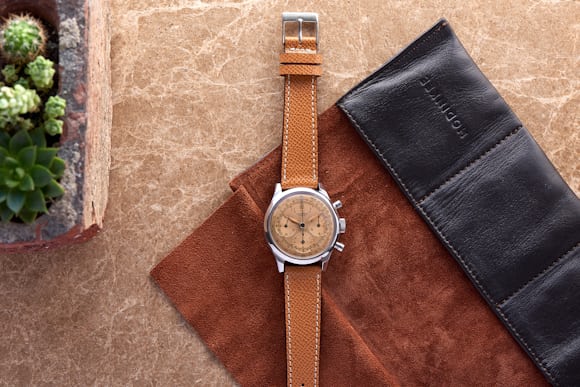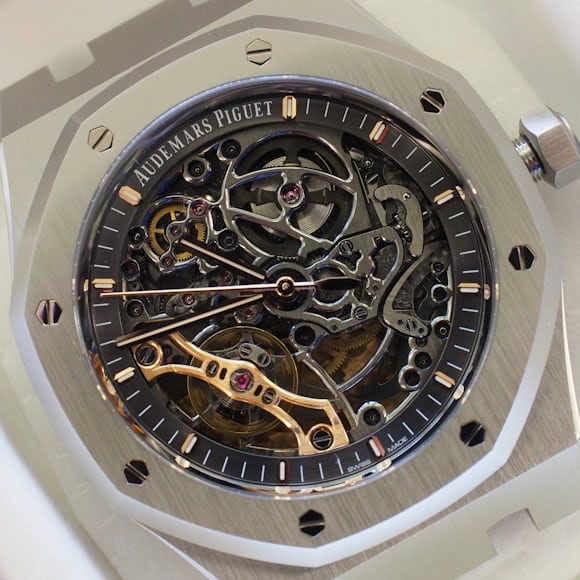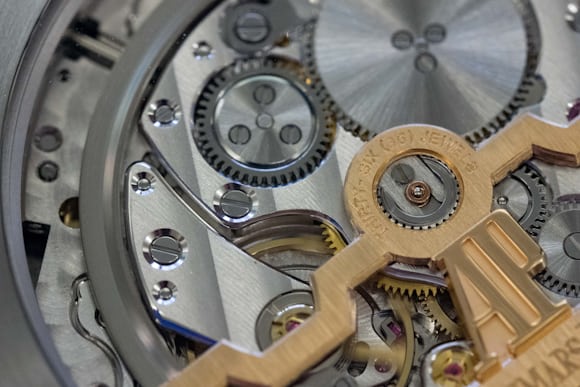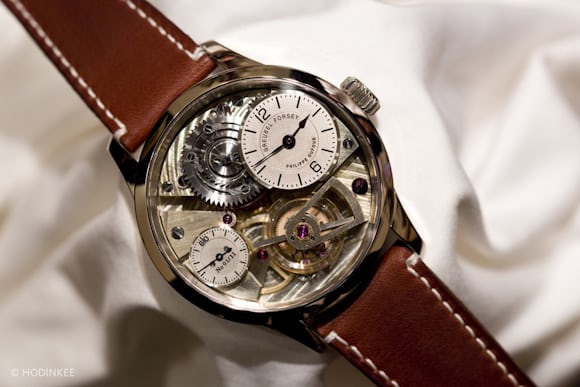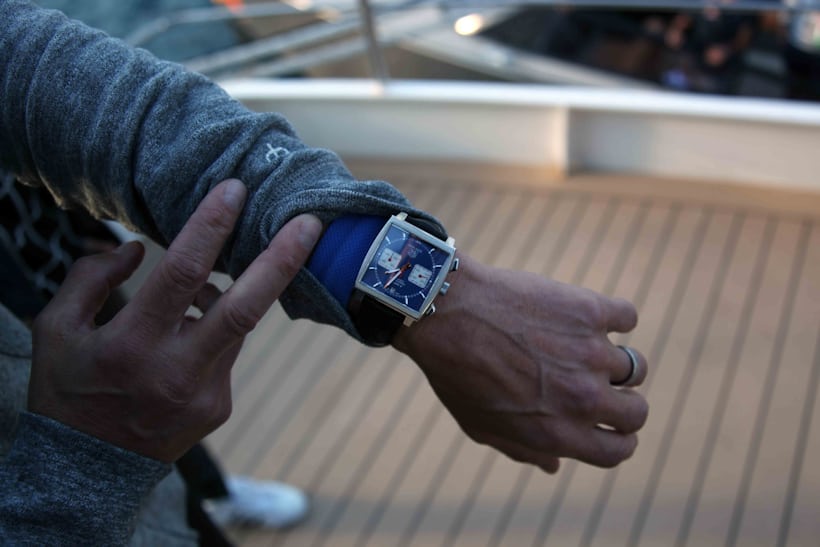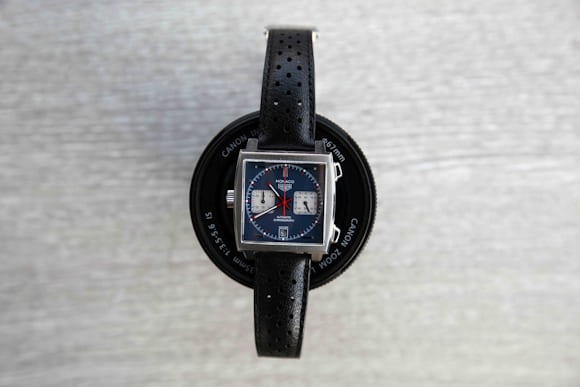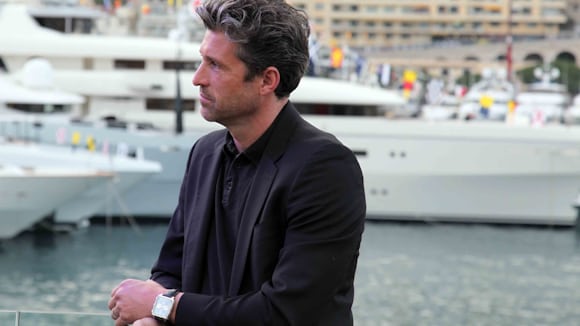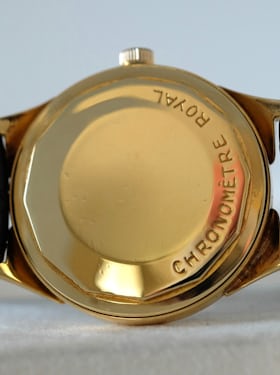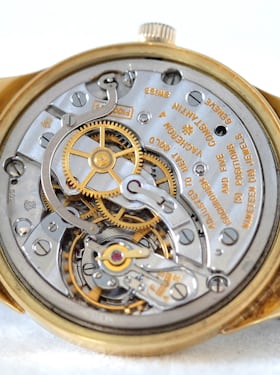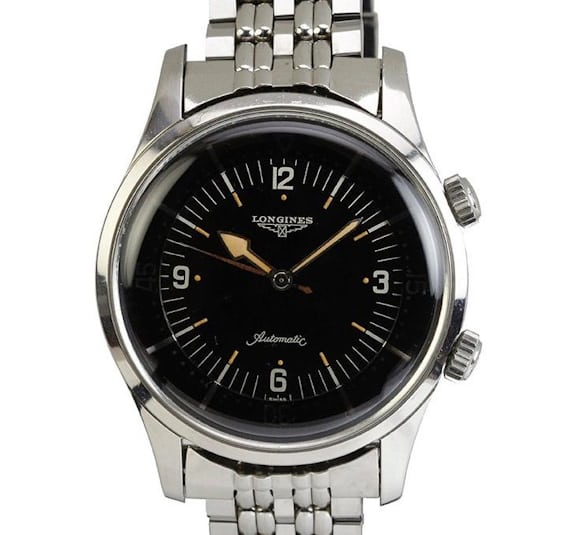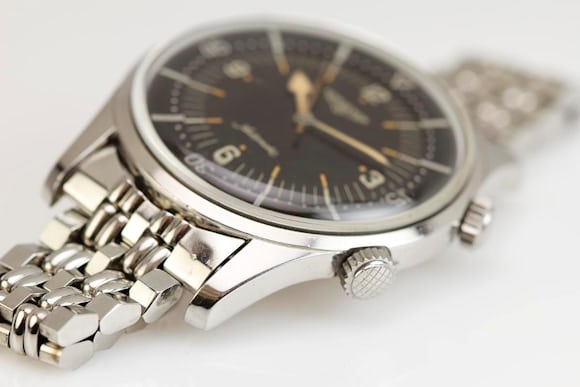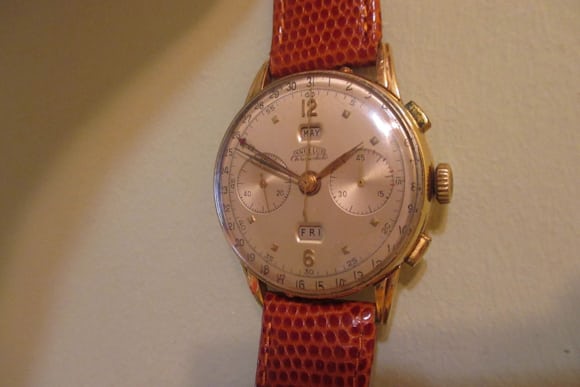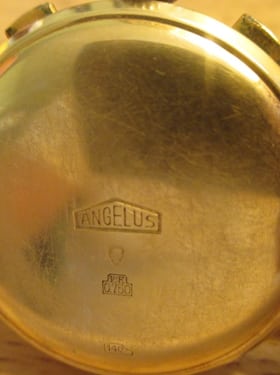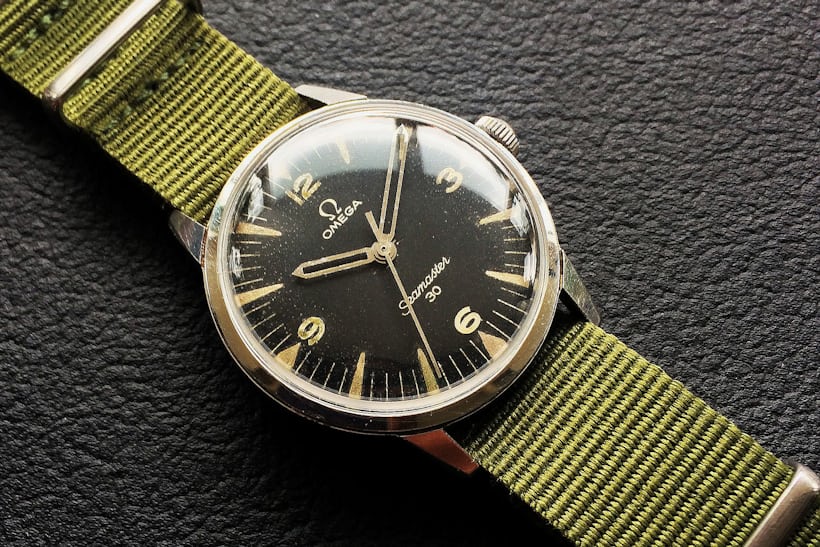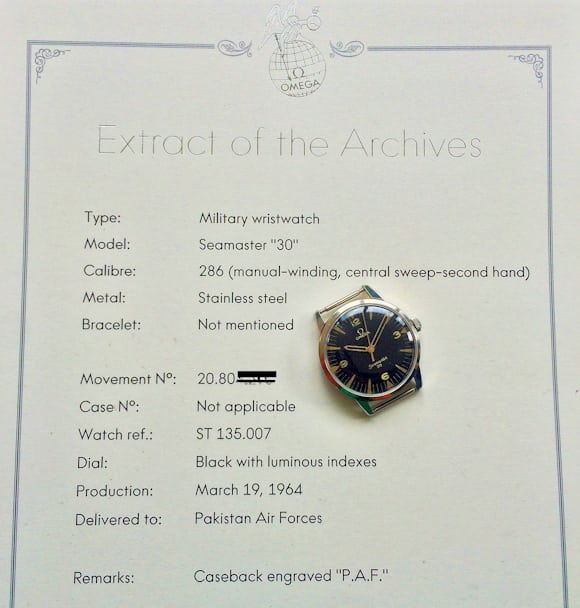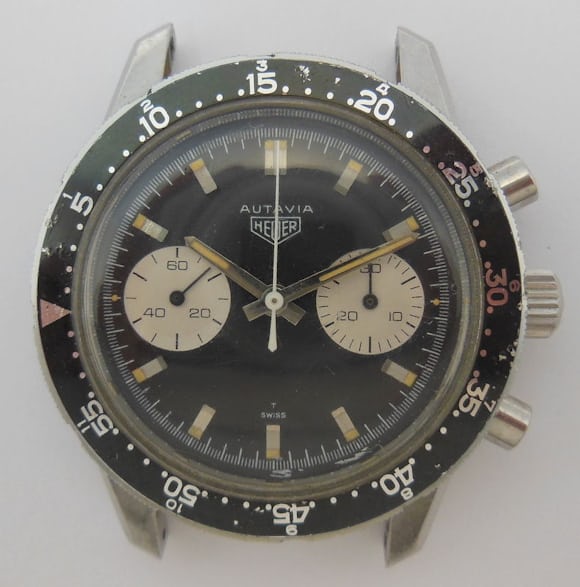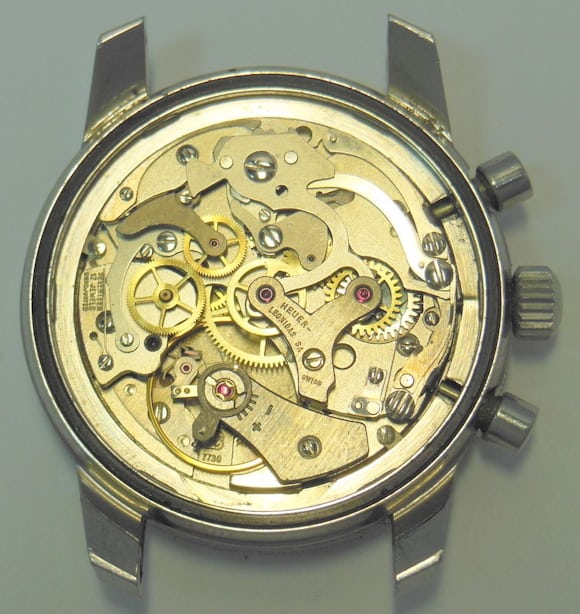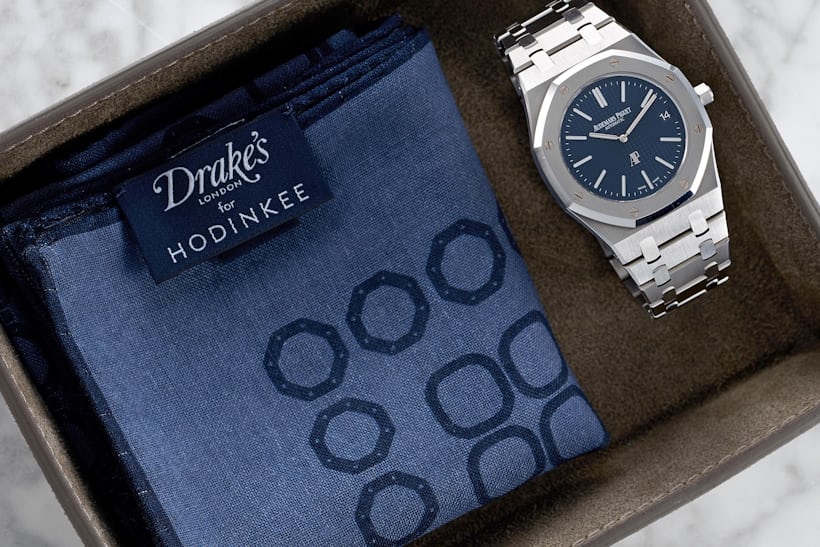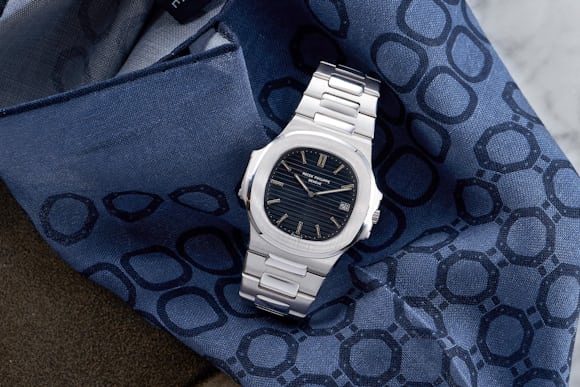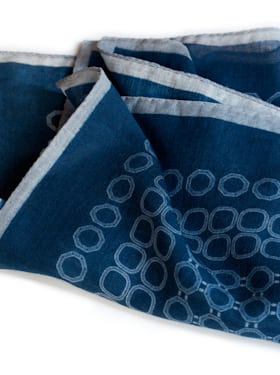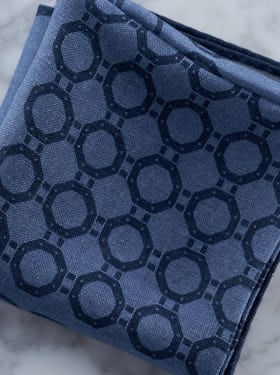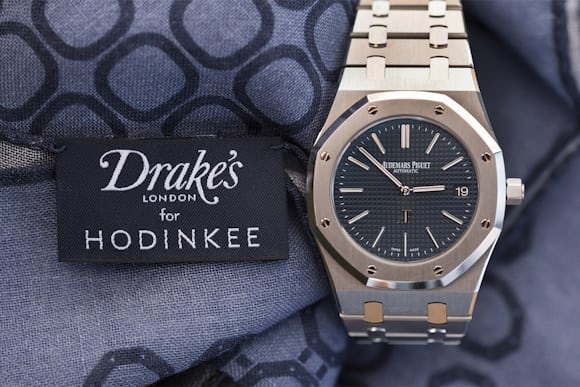Though some collectors haven’t yet picked up their latest purchases from the Geneva sales, Phillips is back with a new – and this time much larger – selection of watches, in Hong Kong, for an auction curated specifically for the Southeast Asian market. And while some of the region’s most important collectors were also in Geneva, and collectors from all over the world are expected to follow this weekend’s sale, this is the auction house’s second sale at the Mandarin Oriental, in Central Hong Kong. Here are eight lots that should star during the sale, and yes, you’ve guessed it, these are all in the upper-echelon of the vintage market (a section Phillips dominates).
Eric Clapton's (Potentially) Unique Patek Philippe 5004P
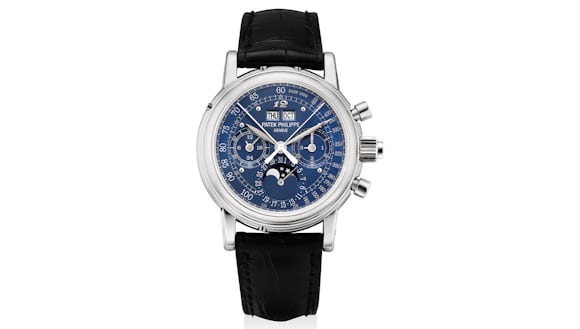
In most cases, the watch makes the collector. But not when the watch was once part of the Eric Clapton collection. The most well-known celebrity collector has owned some of the finest Patek Phillipe and Rolex watches in the market, including this platinum reference 5004 with a special blue tachymeter dial. Given the influence Clapton has had on many collectors, they should pounce at the chance to add one that has spent most of its days on his wrist. The watch is no longer the legendary singer/songwriter’s, but that shouldn’t dampen the excitement around this exquisite perpetual calendar split-seconds chronograph. Other lots have higher estimates, but this one is up there, with the hammer expected to fall somewhere between HK $2,800,000 to $4,400,000. More here.
A 1950s Patek Philippe Dual-Crown Wold-Timer In Pink Gold (Reference 2523)
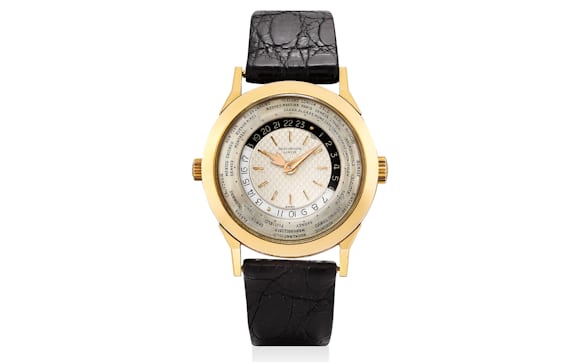
Here’s a familiar reference. When you consider how few two-crown world timers Louis Cottier made for Patek Phillipe, it’s rather incredible to be seeing two examples up for sale in the same month. Two weeks ago, Christie's sold a yellow gold example (reference 2523/1) for CHF 1,121,000. This time, it’s Phillips’s turn, with a possibly unique pink-gold example, which happens to be the case material favored by the Southeast Asian market. The estimate is HK $12,000,000 to $20,000,000. More here.
Patek Philippe 2499 Third Series In Pink Gold
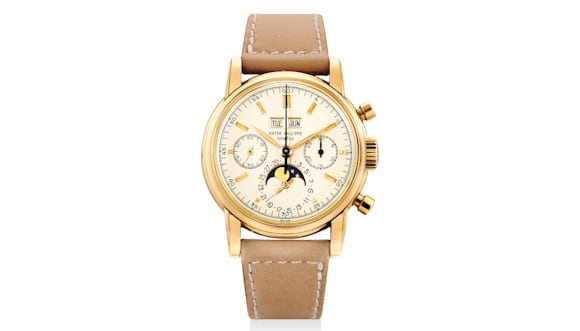
The most coveted perpetual calendar chronograph of the 21st century, reference 2499 cemented its reputation at the very top with another very strong performance in Geneva. But that model was a first series, in yellow gold. The third series – made approximately from 1960 through 1978 – is more readily available, and thus less desirable (collectors also tend to prefer the rectangular chrono pushers of the original model to the mushroom ones of the second and third series). Except when it’s in pink gold. Only six examples were ever made – making it the rarest pink-gold models across any other series – and this one is believed to be unique among them because the dial aperture at 6’clock is flat. It should also be said the combination of pink gold for the case and ivory for the dial is incredibly attractive, perhaps more so, in my humble opinion, then with a gold case. Will it be enough to beat a first series? Phillips thinks so, with an estimate of HK $9,000,000 to $18,000,000. Details here.

Patek Philippe seldom makes skeletonized pieces, and even less titanium cases. In fact, this reference 5180 is a pièce unique made in 2009 for the Children Action charity. The watch raised raised CHF 520,000 when it was originally sold, and Phillips believes it could hammer in for much more this time around. The watch is presented in almost NOS condition, and comes with the original certificate. The estimate is HK $2,700,000 to $4,000,000. Details here.
Pink Gold Pisa Edition Patek Philippe Calatrava

The big news out of Geneva was the incredible performance of uncomplicated Patek Phillipe watches, particularly those with Breguet numerals. Following that logic, this rare pink-gold limited edition with sweep center seconds should attract interest, even though it is technically a modern PP – the watch was made in 2008 to commemorate the opening of the Patek Phillipe boutique in Milan, Italy. Some would prefer the watch without the date; consider me one of them. Still, Phillips seem confident it will find a buyer in the HK $300,000 to $500,000 range. More here.
Omega Speedmaster Reference 2915-2
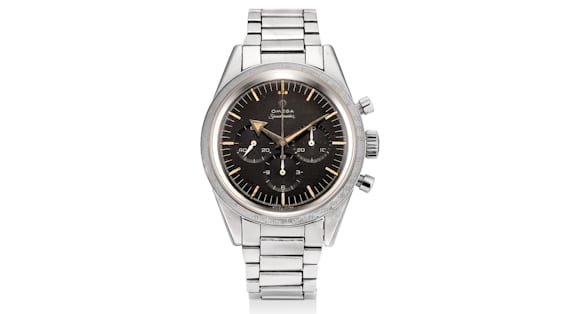
Of all the historically important Speedmasters – and there are many highly collectible ones – the "Broad Arrow” is considered THE definitive reference. Nicknamed after its iconic hour and minute hands, reference 2915 was launched in 1957, but production would only last three years, making it one of the hardest to find. It is easily identifiable because of its Tacho-Productometer scale – the name given to the stainless-steel tachymeter scale bezel with, as well as the early typography used for the words Omega and “Speedmaster" on the dial. The estimate is HK $320,000 to $500,000. More here.
Rolex Reference 6238 Gold Retailed By Cartier
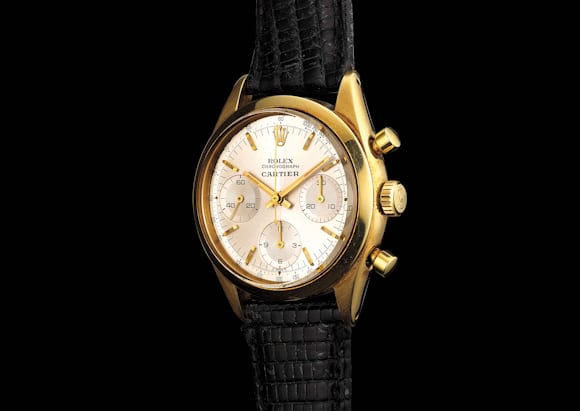
Also known as the "pre-Daytona” because it precedes THE Daytona by a few years, reference 6238 is a highly collectible piece of Rolex’s history. Just this week, we spotted an extremely rare black dial version in yellow gold during the Concorso d’Eleganza and most were in fact made in one of two shades of silver such as the one in this sale. However, the example found by Phillips crucially features another well known name on its dial, as it was retailed by Cartier, making it possibly unique. And for that reason, the estimate has been placed between HK $1,700,000 and $3,200,000. More here.
These are just a few highlights, and the sale includes many other interesting pieces including some sealed 5 series Pateks, enamel-dialed Rolexes, a split-seconds Eberhard, Explorer-dial Sub, and more. Check out the whole calendar here.
